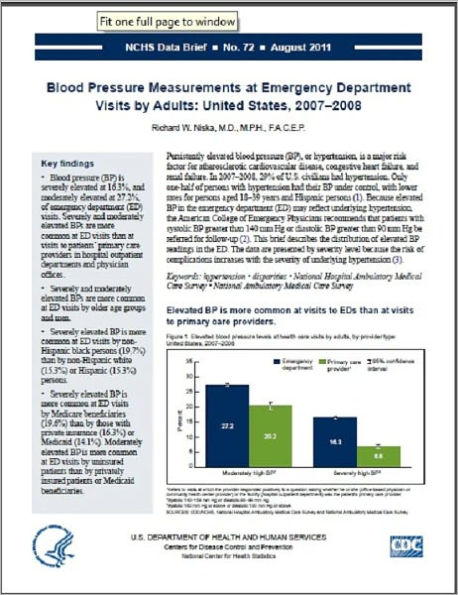5
1

Blood Pressure Measurements at Emergency Department Visits by Adults: United States, 2007–2008

Blood Pressure Measurements at Emergency Department Visits by Adults: United States, 2007–2008
eBook
$1.99
Related collections and offers
1.99
In Stock

Product Details
| BN ID: | 2940013863828 |
|---|---|
| Publisher: | The Delano Max Wealth Institute, LLC. |
| Publication date: | 12/12/2011 |
| Sold by: | Barnes & Noble |
| Format: | eBook |
| File size: | 1 MB |
From the B&N Reads Blog
